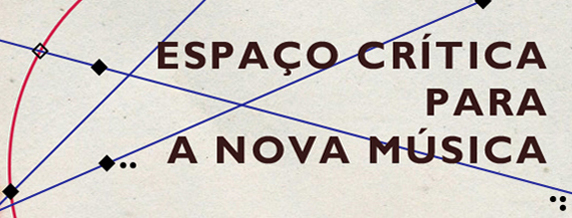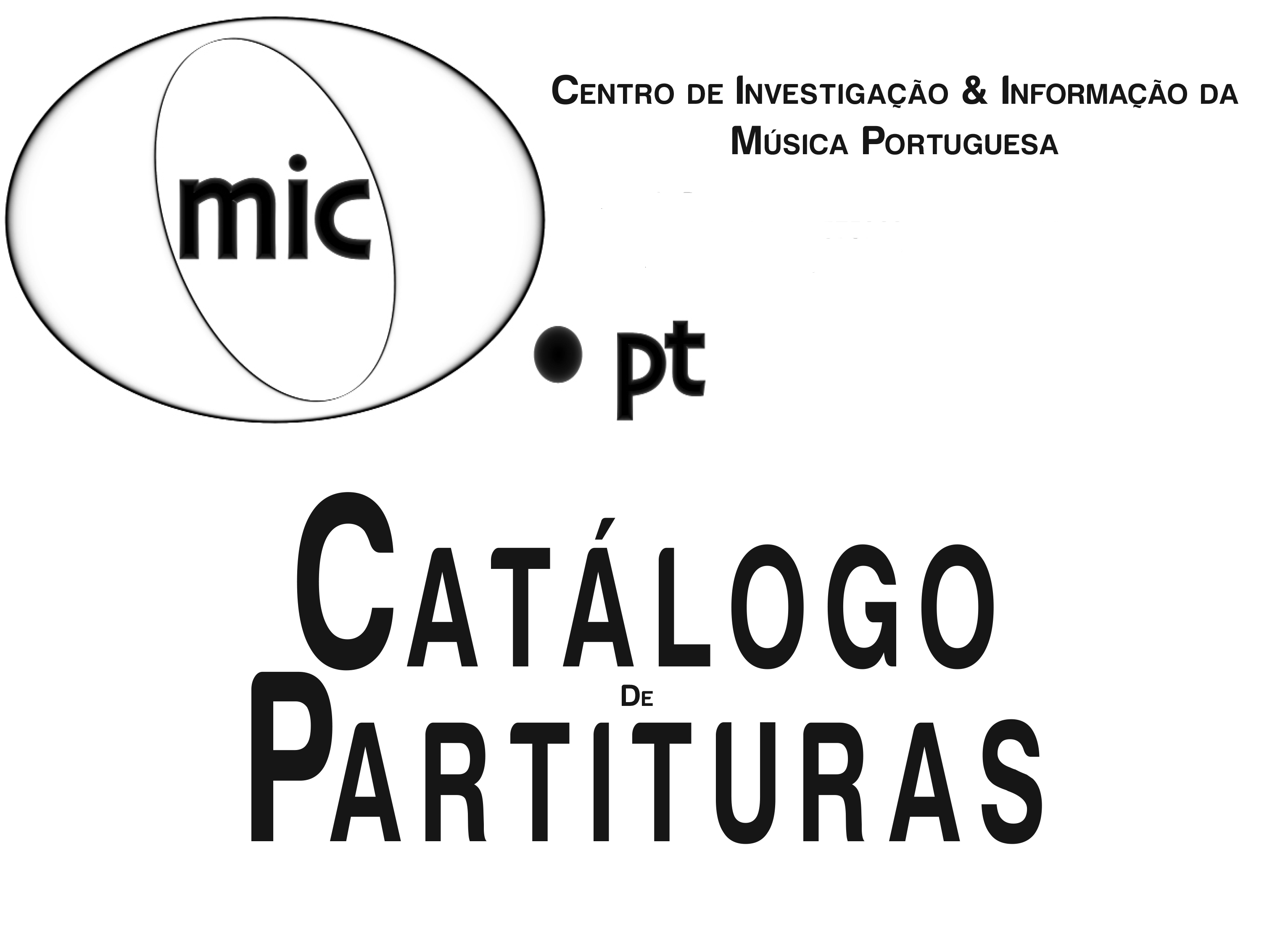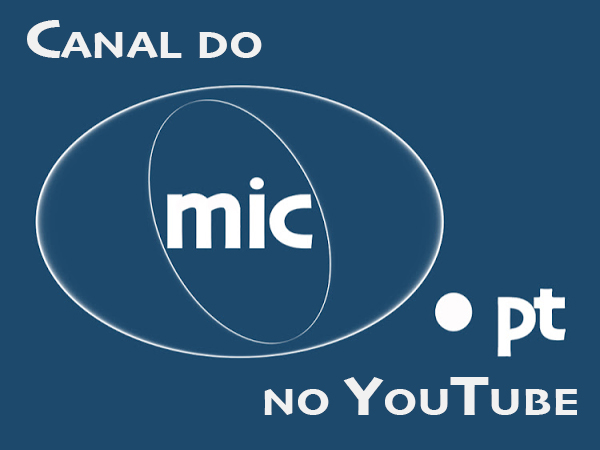Photo: Diogo Alvim · © Susana Pomba
Questionnaire / Interview
Part 1 · Roots & Education
How did music begin for you and where do you identify your music roots?
Diogo Alvim: I've always listened to a lot of music at home – my father is a music lover. From an early age I've had a predilection for early or modern music.
During my childhood and adolescence I had some piano lessons (private and at the Music Amateurs Academy in Lisbon), but it was only later, after going to the Lisbon University Choir with maestro José Robert, that I decided to apply for the National Conservatoire in Lisbon (harpsichord course), in order to deepen my knowledge in music.
Which paths led you to composition?
DA: I've never seen myself as an instrumentalist and I've always preferred to develop music ideas beyond interpretation. I wanted to approach music just as I was doing with architecture. The lessons at the Conservatoire, mainly the Analysis and Composition Techniques with the composer Eurico Carrapatoso, were fundamental in terms of deepening the reflection on music and developing new ideas on music and sound. It was then that I decided to study composition.
Part 2 · Influences & Aesthetics
Which past and present references do you include in your music practice?
DA: I don't think that any reference influences me in a static manner. At different moments, I listen to different artists who influence me in unexpected ways. Yet, I can't deny the weight which early music has in my music thinking. However, I try to diversify my influences as much as possible – they can go from the English virginalists, or the Italian baroque, to experimental, electronic or improvised music, sonic art, etc.
In your opinion what can a music discourse express and / or mean?
DA: Above all, I believe that the music experience is always linked to the moments and situations in which we're listening. In other words, the way in which music affects us is always related with the specific conditions of the context and the listeners. For this reason, the music discourse only exists in context, being an intersubjective phenomenon, never controllable by the composer.
Are there any extra-musical sources that significantly influence your music?
DA: Yes, always. Separate disciplines are artificial constructions. Music as an autonomous discipline with defined boarders is a very recent invention, which involves a constant exercise of separation between the naturally coexisting dimensions – sound and space, listening and place, composition and performance, etc. As an architect I've always been sensible to the questions of space and architecture as dimensions affecting the timbre, dynamics, and other listening phenomenons. I think that we're transdisciplinary by nature and architecture proves it – accomplishing a multiple and complex perceptive experience. For this reason, I'm interested in what is extra-disciplinary as a method of deconstruction and reconfiguration of the limits between the disciplines, in search for our total and complex perception.
In the context of Western art music, do you feel close to any school or aesthetics from the past or the present?
DA: Despite feeling some affinity with the schools that search for a clearer relation with the sound as a physical and perceptive phenomenon (Ligeti, Xenakis, Scelsi, Lucier, spectral music, minimalism, etc.), there are many other music genres that without any apparent reason influence me in a different way.
What does "avant-garde" mean to you and what, in your opinion, can nowadays be described with this term?
DA: I think that nowadays the whole creative process is exploratory, leading us towards new places. For this reason, all the artistic production that isn't framed in (subject to) commercial structures or institutionally crystallised processes, is avant-garde in the sense that it questions and transforms these very processes.
Part 3 · Language & Music Practice
Characterise your music language, taking into perspective, on the one hand, the techniques / aesthetics developed in music creation in the 20th and 21st centuries and on the other, your personal experience and your path from the beginning until now.
DA: For me the idea of a predefined language is contradictory to the idea of the creative exploratory process. Language, just as style, is a consequence of a continuous practice and it is manifested in the work's totality. For this reason, I don't look for a language, but rather for a working process which can lead me to it. I can use writing techniques drawing from different, more or less recent music languages, but only as instruments / tools to achieve another goal. The language is constantly invented and I'm more interested in reflecting on the conditions which create it.
When it comes to your creative practice, do you develop your music form an embryo-idea or after having elaborated the global form? In other words, do you work moving from the micro towards the macro-form or is it the other way round?
DA: As I learnt in architecture, the creative process is born in specific and particular conditions. Who will be listening and who will be performing; where and when; under which circumstances?
Usually, this is sufficient to provide me with materials and to initiate the process. If it's a more conventional piece in an auditorium, then the situation is more sterile and normally I develop a device that helps to reinvent the conditions of the performance and the listening experience. From this basis I develop the piece as an architecture project, from a larger scale towards the tiniest details.
How in your music practice do you determine the relation between the reasoning and the creative impulses or the inspiration?
DA: I think that our rational side is always conditioned by the emotional one. Small emotional events can unblock complex rational processes. This is why, on the one hand, I allow for an emotional involvement in the creative processes, but on the other, I try to control it with a critical distance.
What is your relation with the new technologies and how do they influence your music?
DA: I try not to fall into the fascination with technology and to separate the conceptual processes from the technical possibilities. Technology should serve ideas. But obviously the new technological possibilities expand the creative processes, so there's this delicate dialectics that should be managed.
Define the relation between music and science and how is the latter possibly manifested in your creation.
DA: For me the creative process also involves research. The artistic and scientific dimensions need to be in constant contact within this process, insofar as the conditions of creation include perceptional and technological (etc.) aspects framed within the scientific knowledge.
What is the importance of space and timbre in your music?
DA: The idea of "space" is very complex and we can find various definitions within music. One of them, which I find very useful, defines three different spatial dimensions: 1) the space of the score (of the notes, timbre and durations, etc.), which is independent of the listening space; 2) the field of sonic spatialisation, also with a high level of autonomy in relation to the particular situation; 3) and the specific space of the event, of the listening and the encounter, where the social particularities are revealed and an intersubjectivity is generated. This intersubjectivity is fundamental for the creation of meaning in music. In my work, I always try to take these three dimensions into consideration.
Does experimentalism play an important role in your music?
DA: I don't know what creative process is without experimentation. I don't see experimentalism as an aesthetics or school, but as a necessary and truly essential methodology.
Which works from your catalogue do you consider turning points?
DA: "Paralaxe" (2011) for flute, corridor and electronics, is a piece where I included architecture in the compositional process, in a truly integrated way. From there the expansive or extra-disciplinary process has become increasingly present in my work.
In your case, are composition and performance complementary activities?
DA: I think that music exists only when it is heard, and for this reason the composer is like an architect who projects something, which will exist in the future. In the case of music this something is quite an ephemeral event conditioned by the context of its realisation, therefore the composer is never the total author of the music. That is why I'm interested in exploring collaborative processes, where I'm also a performer or where the performer has a creative role in the piece. This can be done within joint creations, or through proper mechanisms such as scores with different levels and types of prescriptions that work as invitations for the performers' creative participation.
Part 4 · Portuguese Music
Try to evaluate the present situation of Portuguese music
DA: Portuguese music suffers from the same problem that affects many other fields of culture in Portugal: sub-financing. The music institutions continue to be focused on conservative formats, privileging music from the past and creating a void in contemporary creation. On the other hand, the creative force in the country is manifested in the enormous musical production in different music areas which don't demand so many resources as the so-called classical contemporary music. It's a shame to see a great institutional resistance to embrace these new practices.
How can you define the composer's role nowadays?
DA: I see the composer as an architect who projects musical events. The composer doesn't only write "works", but designs situations. For this reason, I think that composition is a more complex activity than the one contained in a traditional score.
Part 5 · Present & Future
What are your present and future projects?
DA: I've been collaborating in various dance, performance and installation projects, which will have their public presentations in the mid-2020. I'm particularly interested in collaborative and interdisciplinary works, mainly the ones where the music composition integrates the creative process as a whole.
I've recently finalised a new version of "Campo Próximo / Near Field" with the sonic artist Matilde Meireles. It's a piece in an installation / concert format, created for the São Francisco Convent in Coimbra. I'm also working with Sara Vaz (choreographer, performer) and Marco Balesteros (graphic designer) on "Livro: Poema Livre", a project which has already had various presentations in different formats (Temps d’Images, Chiado Museum, Folio Festival, ZDB, Atelier Real), and whose culmination will be a new work in March 2020. I'm also preparing a performance for children and I'll be performing live electronics in the new presentations of the piece "Da Nova Arte de fazer Ruínas" by Beatriz Cantinho with Ricardo Jacinto. I'm also participating in a new creation by the performer Miguel Pereira, premiered in Montevideo, and which will be presented in Lisbon and Porto in May 2020.
When it comes to individual works, I'm developing a continuous artistic research project which I entitled "Trabalho de Mesa", resulting in various works in different formats.
Could you highlight one of your more recent projects, present the context of its creation and also the particularities of its language and techniques?
DA: "Trabalho de Mesa" is a sonic / music project, which I've been lately developing and which concentrates the artistic practice allied to research (following my Doctoral thesis: "Music through Architecture – Contributions to an Expanded Practice in Composition"). It explores and projects the music and sonic creation in a broader perspective, based on the comprehension of composition as a permeable practice, depending on the contexts and active in the relation with other disciplines.
Both the composer's and the architect's traditional practice is developed at the table – from writing and drawing, from a sketch or plan, the composer projects an action into the future. In "Trabalho de Mesa" this projection becomes performative, and the differed time becomes "live". From an external briefing, suggested by a concrete situation (a text, a concept, a place or space, a work of art etc.), the project explores compositional processes mediated by a network of references, densifying the work's intertextuality. In this way, the composition becomes informed with elements which simultaneously potentiate an expanded semantic listening framework.
This project has already had various incarnations in different formats. In the first case, at a concert at the Zaratan Gallery in December 2016, the theme was the text "On Translation" by Paul Ricoeur and the graphic scores by Spanish composers from the 1960-70s. There, the proposal was to translate graphic elements to sonic ones. The second version of the work was created for the ensemble of the ESML Mixed Music Lab, at a workshop in January 2017, and performed by José Luís Ferreira at the Música Viva 2017 Festival. It involved a live graphic score that was, simultaneously, an electronic music device, a kind of interactive score reacting to the musicians just as they reacted to the score.
Another variation on a fixed medium, as an "audio-visual essay" ("Contraponto"), was published in Wrong Wrong magazine in March 2017. It explored the relations between central ideas both in musical and visual composition.
Another incarnation of the work, "1/500", had an installation format punctuated by performative moments. It was realised in September 2017 at the invitation of stress.fm. In this case the sounds of the city of Lisbon were received by transmitters in real time and used as sonic material for a composition, in which distances, measured at the scale of "1/500", became parameters for sonic manipulation.
After that, "Material Music" consisted in a performance (at the CNEAI in Paris) realised in response to the invitation of the artist Ramiro Guerreiro. The piece used one of his installations, stressing the tactile and haptic dimensions of sound, making use of plastic materials as musical ones.
Finally I'm working on a new version / variation, initiated at an artistic residency at the Cité International des Arts in Paris, at the invitation of the Théâtre de la Ville. This time I'm drawing from the 50th anniversary of the events from May 1968 (civil unrest, which occurred throughout France), and a methodology based on the situationist dérives and détournements.
How do you see the future of art music?
DA: Plural, diverse and expanded. Less autonomous and more extra-disciplinary, more related, implied and consequent with different dimensions of life and society.
Diogo Alvim, February 2020
© MIC.PT





